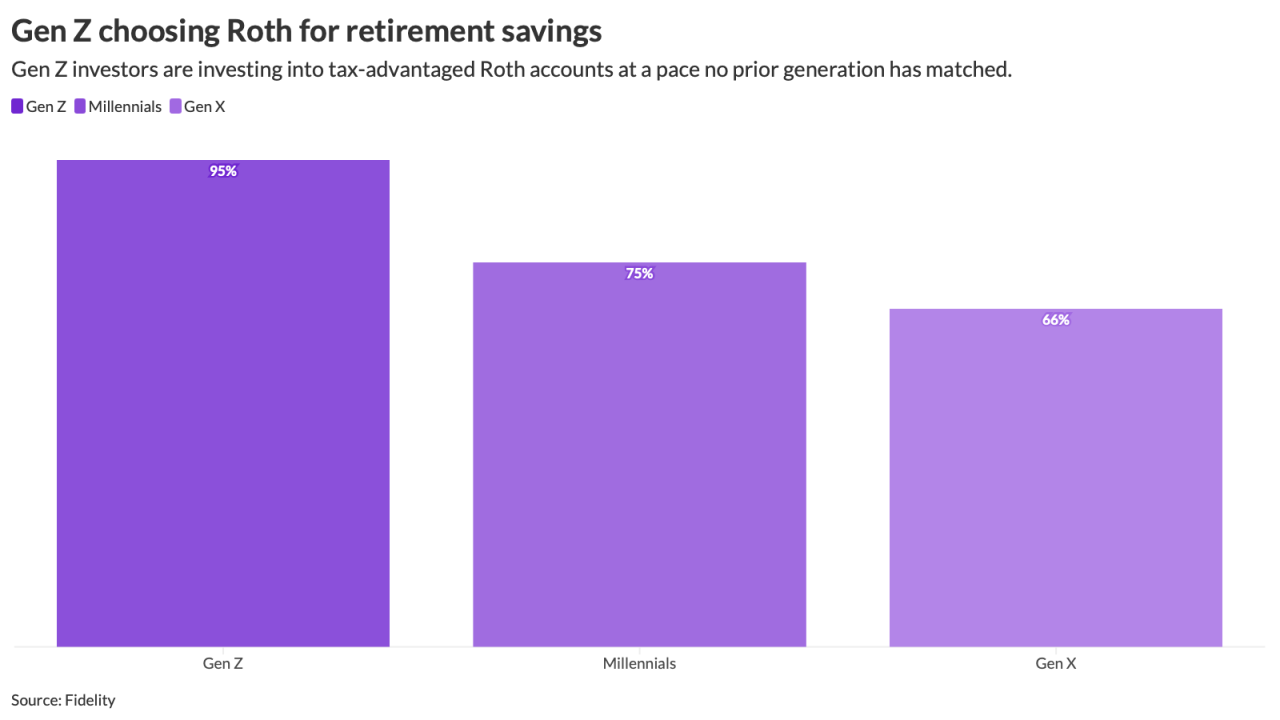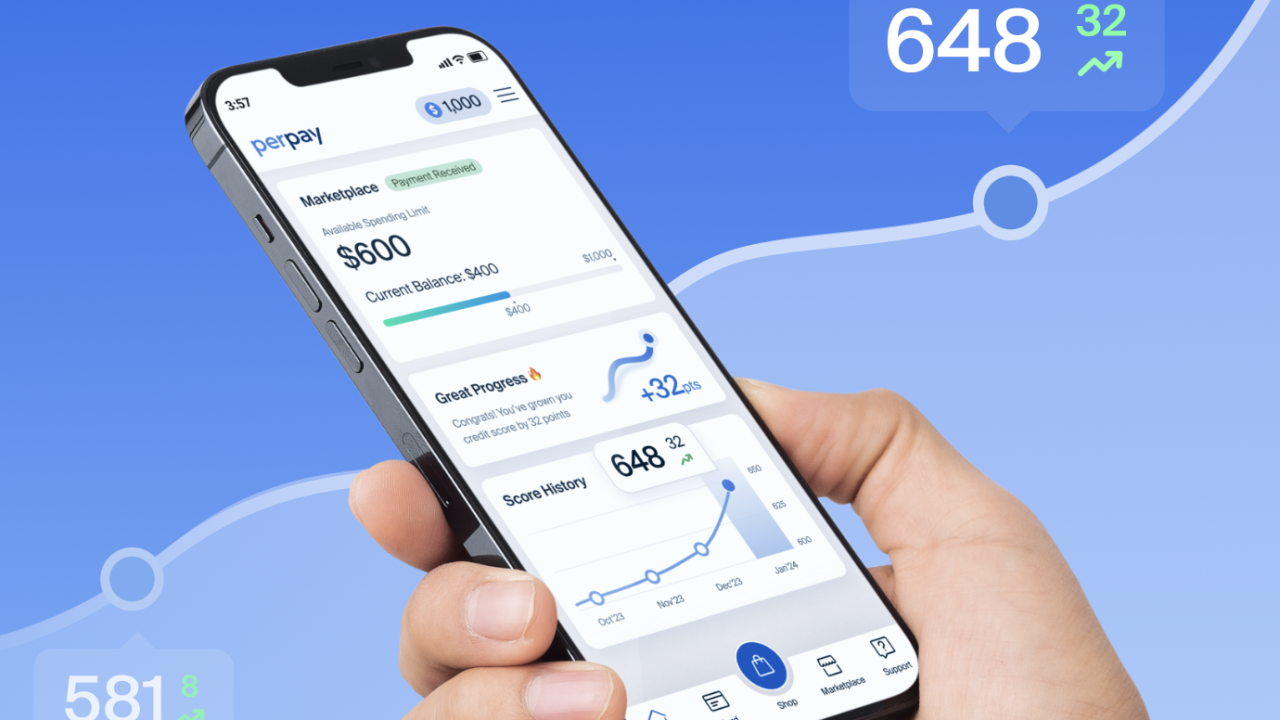Congress today
Republican legislators, looking for ways to generate revenue to pay for tax cuts, had earlier hinted at plans to reduce the amount of money employees could contribute pre-tax to their workplace 401(k). As part of that earlier proposal, retirement savers would be funneled into Roth 401(k)s or Roth IRAs that allow them to put money away after taxes.
“Promoting savings, investment and economic growth is the goal of tax reform and retirement plans are how Americans save and invest. We are gratified that today’s proposal lets workers save for retirement in the way that best meets their financial security needs,” says American Benefits Council President James A. Klein. “We will work with Congress to ensure that retirement savings is protected as the tax reform process moves forward.”
Of course, the tax reform bill released by the House Ways and Means Committee is just a jumping off point for debate in both houses of Congress and because the tax cuts outlined in the bill would cost more than $1.5 trillion over a decade, the bill, as it stands, is sure to meet with resistance from Democrats and industry groups.
The legislation outlined Thursday may be rewritten over the weekend, at least in part — and which provisions would change is unclear.

If that’s the case, some industry insiders believed that one previously proposed idea, a $2,400 pre-tax cap on 401(k) contributions, could be back. If implemented, it would likely have employers looking for alternative ways to help employees save for retirement.
For months, there was talk in Washington about this potential “Rothification” of workplace plans, meaning that employees could save up to a set limit pre-tax and then any additional retirement contributions would go into an after-tax Roth account.
Bob Melia, executive director of the Institutional Retirement Income Council, says forced or partial Rothification is disruptive to the market in that it’s likely to cause confusion and could negatively affect savings behavior. “We want to preserve the tax-deferred status of retirement savings. Disruption would be hard to work through,” he says. “We’re not naïve here. If it goes through, and you can’t stop that, it is time to do an analysis, think strategically and make the most out of the required change to help employees and help them get to a higher state of retirement readiness.”
Employers should be proactive and start thinking about what they would do if Congress comes back and decides to implement a 401(k) cap or if it decides “Rothification” of plans is one of the better options to pay for proposed tax cuts, says Robyn Credico, consulting leader for Willis Towers Watson’s defined contribution consulting practice. Still, she says Thursday’s proposal is good for now and doesn’t think, as this issue moves to the Senate, that there will be 401(k) revisions.
Also see: "
However, if things do change, employers might start offering a higher match to make retirement plans more attractive or, in a more drastic move, canceling employer plans and just giving people additional money in their paychecks.
Another option for employers would be to embrace the change and begin offering an after-tax Roth 401(k) option as part of their retirement benefits. If employers don’t currently offer a Roth option as part of their 401(k), they might want to start looking into it, Melia says.
Employers should also consider educating employees about what investing in a Roth means for them. If their workforce is made up of young professionals who have lower salaries now, but expect to make more later on, paying taxes on their money now is a good idea. For those in a higher tax bracket, but who expect to be in a lower tax bracket in retirement, Roth may not be such a good idea for them, Melia says.
“If tax brackets are changing for individuals, they may say they heard about this Roth thing and contributing on an after-tax basis. If tax brackets are lower, that is maybe the right thing to do. It introduced a topic into the national discourse and that can lead to people thinking about if that is right for them and perhaps change their approach even though no laws have changed overall,” says Rob Austin, director of research at Alight.
Credico says that Roth utilization is fairly low currently, so if employers want to take advantage of all the news about taxes and tax changes, they could add a Roth to their plans and, for those who already offer a Roth, “to communicate to people how important it is to save more and encourage them to think about both pre-tax and Roth.”
Bloomberg News contributed to this report.





